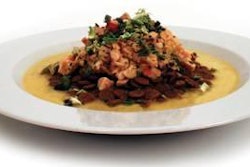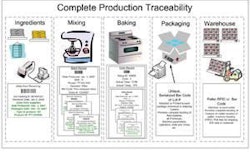The metabolic effect of propionate absorbed from the colon was assessed in six normal-weight and six obese cats. Two colonic infusions were tested: The test solution contained 4 mmol sodium propionate per kg ideal body weight in a 0.2% sodium chloride solution; the control solution was normal saline. As body condition did not affect evaluated parameters, all data were pooled.
Plasma glucose concentrations showed no differences over time or during or after infusion with propionate or control. Plasma amino acid concentrations rose over time but were similar for both infusions. Plasma propionylcarnitine rose markedly toward the end of the propionate infusion and decreased afterward, whereas 3-hydroxy-3-methylglutarylcarnitine was lower 30 and 60 minutes after ending propionate infusion. Acetylcarnitine tended to fall at the same time points, suggesting inhibition of gluconeogenesis from pyruvate and amino acids but initiation of propionate-induced gluconeogenesis.
Propionate absorbed from the colon is hypothesized to act as a gluconeogenic substrate, regardless of the cat’s body condition.
Source : A. Verbrugghe et al., 2011. Propionate absorbed from the colon acts as gluconeogenic substrate in a strict carnivore, the domestic cat (Felis catus). JAPAN online September 2011. doi: 10.1111/j.1439-0396.2011.01220.x

















